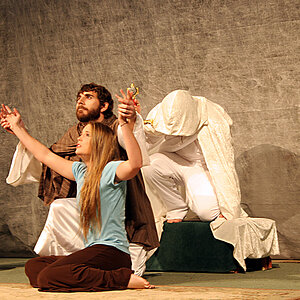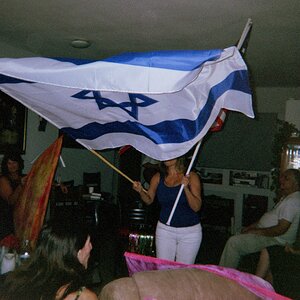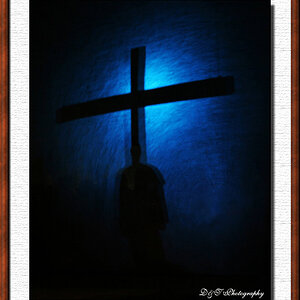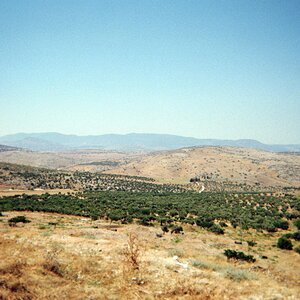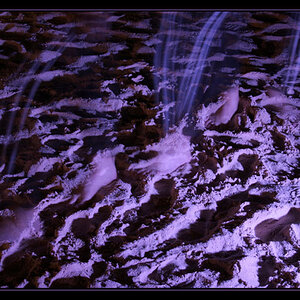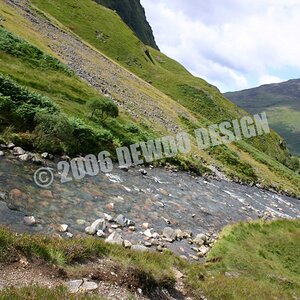PJcam
No longer a newbie, moving up!
- Joined
- Dec 26, 2017
- Messages
- 331
- Reaction score
- 113
- Location
- UK
- Can others edit my Photos
- Photos OK to edit
I am sure to some this is a silly question, but I always believe all questions are easy if you know the answer and no question should be called silly, the question is submitted to get a better understanding.
As you can see from my Signature, I am very new to photography with no real knowledge having only really used a mobile phone or press and shoot basic camera over the last 25 years or so.
I think I got off to a good start with my camera and lens, thanks to @TCampbell, but although I understand I have a wide angle lens, a standard range lens and a telephoto lens, I have to admit I am not sure how I would I chosen them had I not had a package deal.
That said let me look ahead to a super telephoto lens, can't afford yet and need to get to know the camera first but, rather than wait until I can afford I ask this question now, so that I get a better understanding of lens options.
Lets say I am looking to shoot wildlife, at distance, how do I know which lens is best, or better put, which is the best for the purpose subject to my budget. Budget aside for the minute, I say to myself, whether I can afford a budget lens, a mid cost range or a top range lens (last one is definitely out), in each category I am going to have options, what is the capabilities or possibilities of a lens, how do I work this out based on the f/ and the mm, one lens against another.
I am sure the question has been asked before, I am not asking which is the best based on cost but on lens information, I just want to understand it better.
Everything I have so far is Canon, I have a T6 Rebel 1300D EF-S
Thanks in advance.
As you can see from my Signature, I am very new to photography with no real knowledge having only really used a mobile phone or press and shoot basic camera over the last 25 years or so.
I think I got off to a good start with my camera and lens, thanks to @TCampbell, but although I understand I have a wide angle lens, a standard range lens and a telephoto lens, I have to admit I am not sure how I would I chosen them had I not had a package deal.
That said let me look ahead to a super telephoto lens, can't afford yet and need to get to know the camera first but, rather than wait until I can afford I ask this question now, so that I get a better understanding of lens options.
Lets say I am looking to shoot wildlife, at distance, how do I know which lens is best, or better put, which is the best for the purpose subject to my budget. Budget aside for the minute, I say to myself, whether I can afford a budget lens, a mid cost range or a top range lens (last one is definitely out), in each category I am going to have options, what is the capabilities or possibilities of a lens, how do I work this out based on the f/ and the mm, one lens against another.
I am sure the question has been asked before, I am not asking which is the best based on cost but on lens information, I just want to understand it better.
Everything I have so far is Canon, I have a T6 Rebel 1300D EF-S
Thanks in advance.


